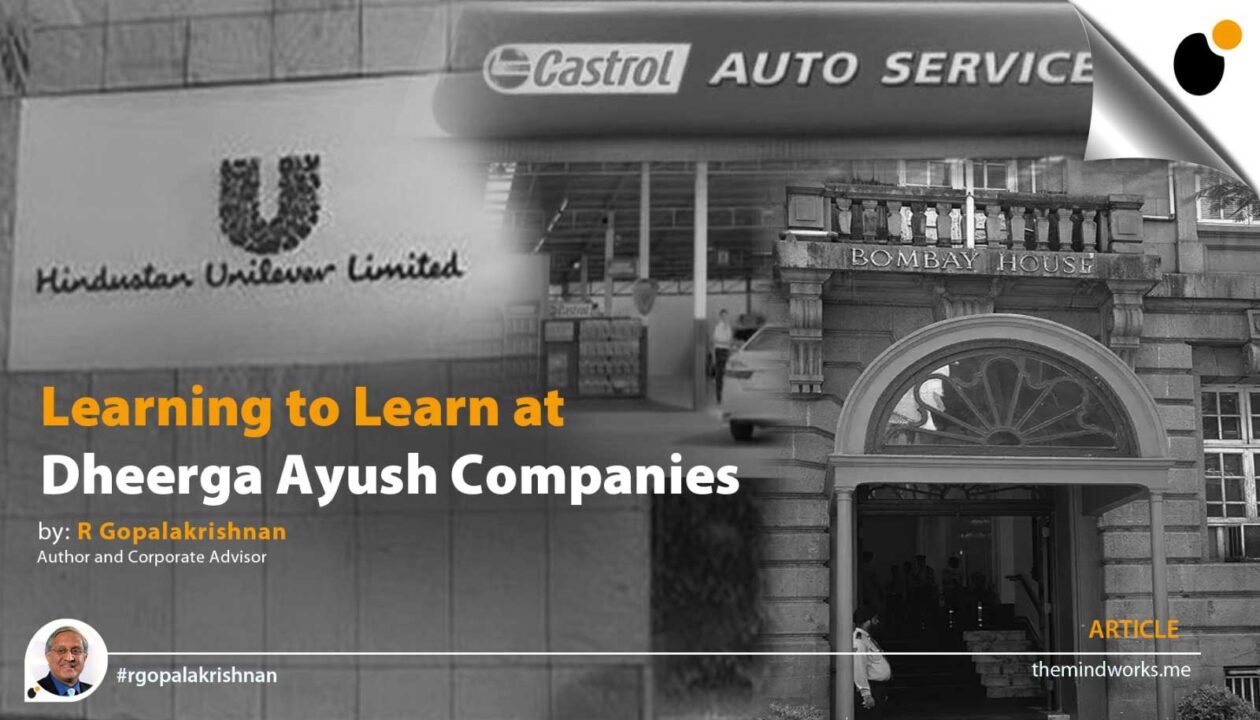Published on 20th February 2012, BUSINESS STANDARD
The Indian retail boom awaits business model innovations
Foreign direct investment into the Indian retail sector is controversial, with political overtones. Few countries have witnessed such a ‘life and death’ debate. The protagonists exaggerate the benefits by a wide margin and the antagonists articulately verbalize imaginary ghosts.
I have a close association with the retail grocery trade in India, thanks to my long career in Unilever. During the post-war boom and later in the Asian tiger period, several commentators predicted the imminence of the transformative and inevitable concentration of the grocery retail trade. Modern trade, also called organized retail, would be the next big business opportunity. India could experience a sharp shift from ‘brand power’ to ‘retailer buying power’. Marlboro Black Friday on 2 April 1993 and Naomi Klein’s No Logo published in 2000 heralded the end of branding.
I have long held a contrarian view. In 1999, I predicted the status of retail after 15 years of liberalization: “The consumer will, by and large, continue to shop in neighbourhood stores even in 2011 when it comes to daily consumption items.”
Today, in 2012, my intuition was right. India is experiencing dispersed retail trade as measured by the number of retail outlets per thousand people. While organized retail exists, its development and spread have been neither exemplary nor impactful. According to Nielsen’s December 2011 Managing the Middle India Gold Rush, more than 250 retail stores were added per town in the last three years, in approximately 400 Indian towns with a population between 100,000 and 1 million people.
The period after World War Two witnessed rapid reconstruction and economic growth — and the decongestion of urban areas and a growing suburbia, the credit card economy and a middle class with spending power. Household grocers rapidly yielded to modern retail. In the United States and the United Kingdom the share of organized retail is now 85 per cent and 80 per cent respectively. The same phenomenon has occurred in the Asian tigers: 55 per cent in Malaysia and 40 per cent in Thailand.
Six factors were simultaneous triggers globally.
Increased disposable income, as rapid growth of per capita income coupled with low interest rates, stoked consumption. Labour costs rose, as it became uneconomical to employ staff in mom-and-pop shops. The changing family structure with double-income families with fewer children meant less frequent grocery shopping with more purchases per visit. The formal financial system allowed for the possession of bank accounts and inexpensive credit, which boosted consumer power. Changing real estate prices meant people moved to suburbia and stores with parking and food stalls could open in modestly priced, big spaces. Finally, with the development of infrastructure, new roads and increased mobility made shopping easier.
In India, the development of these factors has been far from uniform or concurrent. Nonetheless, synchronicity is not required for organized retail to produce big opportunities. A uniquely Indian model could be developed through ‘Business Model Innovation’.
The penetration of organized retail (specifically supermarkets and chain stores) in India has been low. Organized retail accounts for only 7 per cent of India’s $435 billion grocery retailing business, much lowerthan in other countries, including India’s BRICS partners of Brazil, Russia and China.
To grow, organized retail must account for the characteristic features that drive such Indian consumer choices. To start, the penetration of financial services in India is low. Close to 40 per cent of the population is still unbanked. Credit penetration is as low as 2 per cent.
Indians’ low per-capita income means more frequent shopping with smaller outlays per store visit. A significant number of Indian consumers do not have enough money to stock up so they buy goods as required. The local kirana store serves this need efficiently.
With lower incomes, customers are extremely price sensitive and often need credit, usually provided by neighbourhood stores. Relationships and customer experience are especially influential in India where the local shopkeeper enjoys trust and familiarity.
The proportion of Indian women who work full time remains relatively low, so they have time to shop. Moreover, they perceive shopping at their neighbourhood store, accompanied by discussions with the shopkeeper, as a pleasurable pastime. This may be missing in a sanitized organized retail environment. Consumer demand has preceded infrastructure in India. Poor road networks, inadequate parking, expensive land and low car penetration impede a good shopping experience. A powerful alternative is the kirana shop’s free home delivery for even the smallest items.
Clearly, the organized retail game must be played differently in India. But international retailers players can innovate to suit the Indian situation. The experiences of some fast food chains provide valuable lessons. Within three years of its 1996 launch, Pizza Hut opened its first vegetarian restaurant in Gujarat. There are
now three all-vegetarian Pizza Huts in India, the only ones in the world. Some learnt this lesson the hard way. After Yum closed its KFC restaurants in India did not re-launch the brand until 2004, with a vegetarian meals, wraps and side dishes — the most extensive meat-free menu in the chain’s worldwide operations.
Four ideas about business model innovation stand out
First, retail should provide an engaging consumer experience. It is not like the petrochemicals or telecommunications industry where the expertise and model can be transplanted across regions. Importing a successful retail model is hazardous without serious, adaptive innovation: customer needs vary from region to region. A strength of neighbourhood stores is the extension of credit to clients, a facet that could be accommodated in the business model innovation.
Second, the existing model or the market limitations must not dictate. Udupi restaurants serving the traditional idli or dosa have turned constraints into opportunities. In locations with a quick turnaround of customers, they offer stand-up meals with self-service. This increases the number of people who can be
served, reduces staffing needs, ensures faster turnaround and uses minimal space.
Third, the model should be designed not as ‘either/or’ but as ‘this & that’. How can organized retail provide the kirana’s home delivery while continuing to focus on other benefits? Surely getting the right people for the job is the least that can be done.
Finally, a compelling consumer value proposition is required. Organized retail must differentiate itself from the kirana store. Can a broad range of merchandise be a sustainable differentiator, given that most kirana stores are too small to stock a wide assortment? Or can organized retail stores add value with postal, email or money-transfer services?
The Indian media grandly announce the huge investments by big domestic and foreign players in organized retail. Most of these players have had frustrating, if not negative, experiences. Tata’s approach in retail has been to experiment, adapt and grow gradually, using the ‘Build-Improve-Expand’ model. Some find this model conservative and slow, but it has provided valuable insights and a strong foundation for profitable growth.
India offers an enormous opportunity for retail, but to succeed requires an experimental, adaptive and innovative approach.


